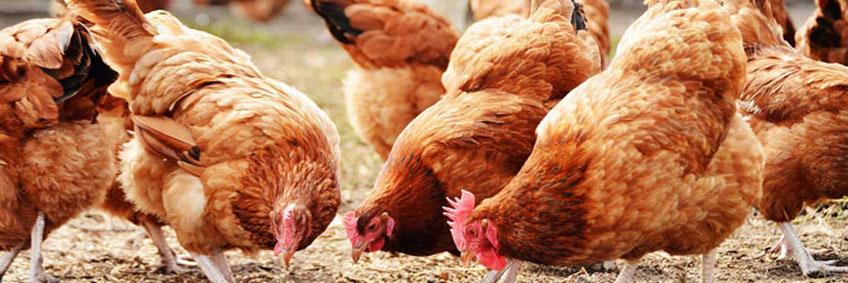Introduction: Kenbro chicken has become a popular choice for farmers due to its versatility in both meat and egg production, disease resistance, and suitability for free-range feeding. In this comprehensive guide, we will explore how long it takes for Kenbro chickens to mature, their remarkable advantages, and essential management tips for successful farming.
Section 1: Maturation of Kenbro Chicken
- Productive at 25 Weeks: Kenbro chickens start their productive phase at 25 weeks, which translates to six months of age. At this point, they begin laying eggs, known for their medium-brown hue. Kenbro chickens are notably renowned for their higher egg production rates compared to other breeds, making them a favorable choice for egg-focused farmers.
Section 2: 6 Advantages of Kenbro Chicken Breed
- Cost-Effective Feeding: Kenbro chickens are advantageous because they consume less feed than commercial layers and broilers. This efficient feed conversion allows farmers to save on feeding costs, reinvesting the funds for expansion and higher profits.
- Faster Maturity: With a quick maturity rate, Kenbro chickens become market-ready in a shorter timeframe. This accelerated growth benefits farmers as they can achieve better profits in a shorter duration.
- High Egg Production: Kenbro chickens boast higher egg production rates compared to indigenous breeds. With an impressive yield of 20 to 25 eggs per month and approximately 280 eggs per year, they offer farmers profitable egg-laying potential.
- Versatile Diet: Kenbro chickens can feed on various types of meals, including kitchen waste and table scraps. Their ability to thrive on diverse feeds provides flexibility and cost-saving benefits for farmers.
- Adaptability to Free-Range Feeding: In addition to purchased feeds, Kenbro chickens excel as scavengers during free-range feeding. Foraging on natural nutrients enhances their health, resulting in increased market demand.
- Strong Disease Resistance: Kenbro chickens demonstrate moderate resistance to diseases, making them suitable for various environments. Reduced susceptibility to illnesses ensures better productivity and cost savings on treatment.
Section 3: 4 Ways to Manage Kenbro Chicken
- Provide Adequate Housing: Creating a suitable housing system is critical for managing Kenbro chickens. Ensure well-lit, spacious, and well-ventilated houses with appropriate temperatures. A clean environment promotes better health and production.
- Maintain Optimal Health: Following the Kenbro chicken vaccination schedule is essential to maintain their health. Regular deworming is also crucial for optimal production. Consult a veterinarian for expert guidance.
- Proper Feeding: Feeding Kenbro chickens appropriately is vital for their growth and productivity. Consider using a kienyeji chicken feeding program to plan their diet according to different ages and stages. Free-range feeding and kitchen waste can be beneficial alternatives.
- Source from Trusted Breeders: Purchasing Kenbro chickens from trusted breeders like Kenchic Limited ensures quality birds. Proper sourcing leads to healthier and more profitable chickens.
Conclusion
Kenbro chicken offers a host of advantages, including efficient feeding, rapid maturity, high egg production, and adaptability to free-range feeding. Their disease resistance and suitability for both meat and egg production make them a valuable choice for farmers. By implementing proper management practices and sourcing from reliable breeders, farmers can experience the rewarding benefits of raising Kenbro chickens in their poultry ventures.


